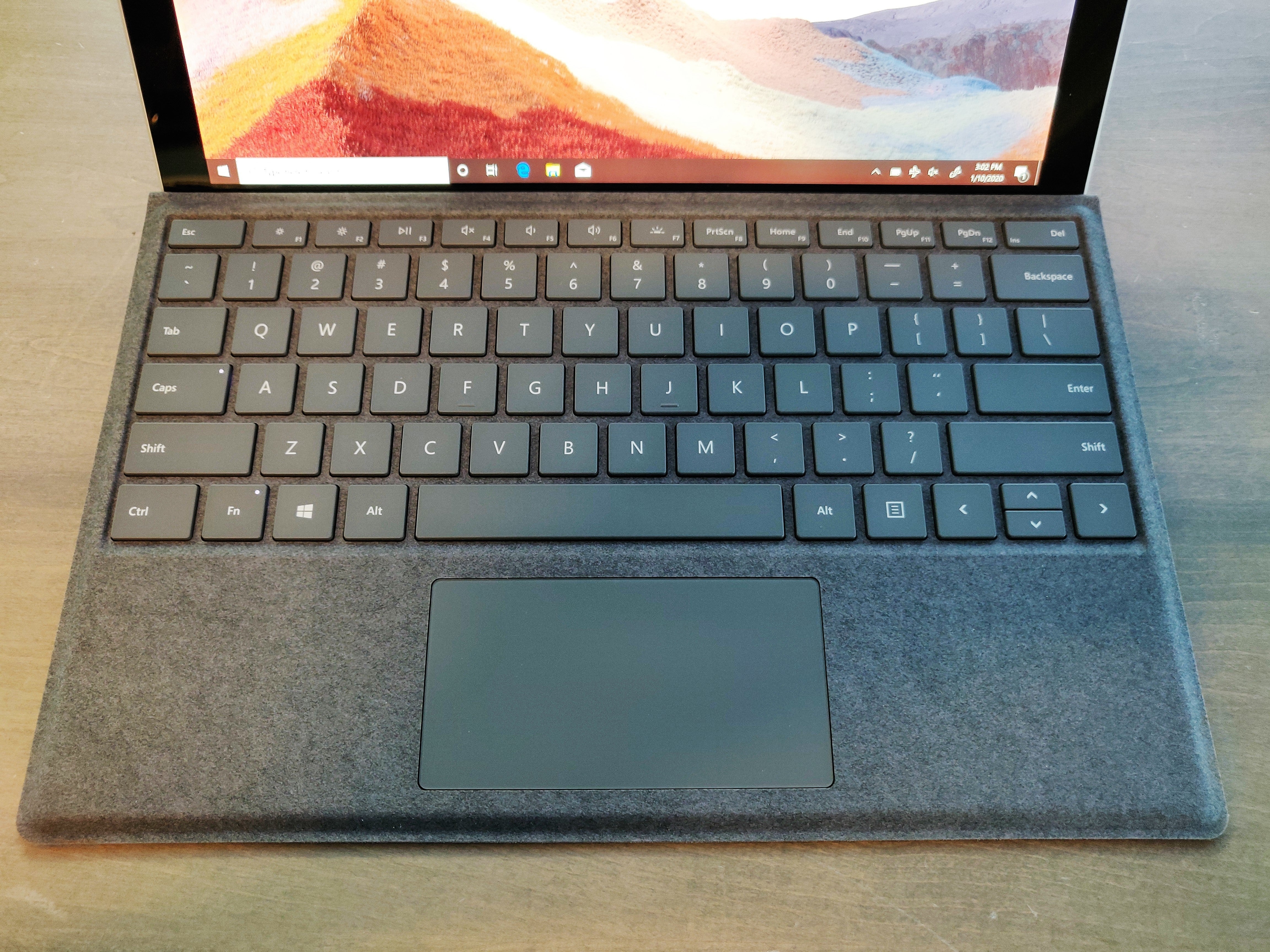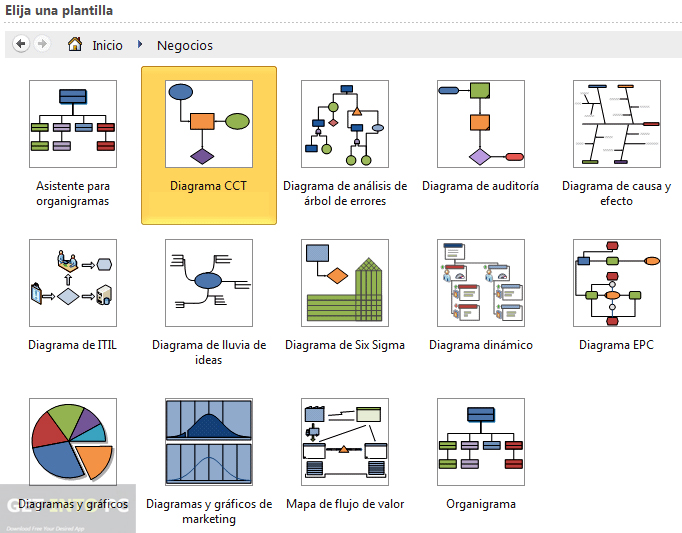
And the newer model certainly claims big on the battery life: Microsoft suggests it can deliver up to 16 hours, which is a big increase on the 10.5 hours of the Pro 7 (note: we typically achieved seven hours from the Pro 7, so a 25 per cent less than claimed result would seem a fair bet - but 12 hours from the Pro 8 would be stellar). The Pro 8 also gets the Intel Evo badge, which is like a stamp of approval confirming that the device can surpass certain thresholds for performance and battery life. It's earning its "Pro" name all the more - but that will mean a larger price tag, too. But gone is the entry-level Core i3, with the starting point now a quad-core i5 processor with a minimum of 8GB RAM. There's the inevitable move from 10th Gen in the Pro 7 to 11th Gen in the Pro 8. What the Surface Pro 8 does do, however, is amp up the CPU options. The Surface Pro series hasn't ever offered discrete graphics and that doesn't change for the Pro 8 - you'll need to look for the Surface Laptop Studio, coming 2022, for Nvidia RTX support.


Surface Pro 8: 2x USB-C (Thunderbolt 4)įrom a physical standpoint the newer Surface Pro 8 is a tiny bit larger than its predecessor - although you'd barely notice, as it's a few millimetres (or fractions thereof) here and there.

It would also appear that the Pro 8's screen is capable of a higher maximum brightness, on account of Dolby Vision high dynamic range (HDR) support, although Microsoft's technical specification doesn't make any specific mention of this - so it's possible the two panels are equally bright, except that the newer product has the relevant Dolby licence. That will make for smoother visuals where needed, but as it's adaptive it may also aid with battery life - keeping a low refresh rate for more static, document-based content, for example. The Pro 8's screen brings other of-the-moment upgrades too: there's a variable refresh rate, at up to 120Hz, meaning it can cycle at double the frames per second compared to the Pro 7.


 0 kommentar(er)
0 kommentar(er)
